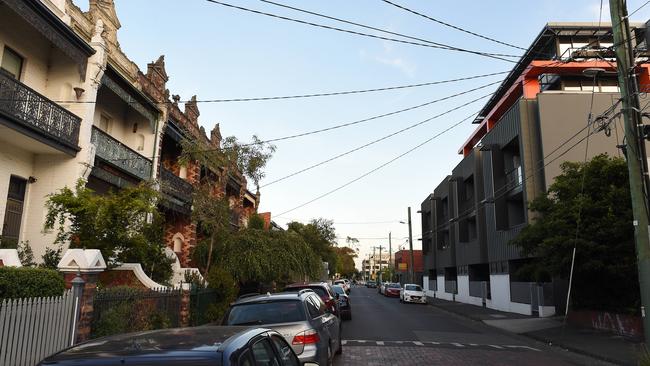
Rent prices are still rising by about 2 per cent a month, while across the major cities overall “asking rents” jumped by 25 per cent in 2022 – more than twice the already elevated levels of inflation.
Two reports issued this week give an updated picture on the rental market, which is proving increasingly stressful for renters and ever more lucrative for property owners – especially those without mortgages.
The latest monthly report from SQM Research says the national vacancy rate increased (or loosened) to 1.3 per cent, from 1 per cent, between November and December. But SQM’s Louis Christopher suggests that rate “is going to tighten again soon”.
Similarly, PropTrack’s new quarterly report says rental price growth slowed in the three months to December.
However, the PropTrack report warns: “There remains an intense need for rental accommodation in the capital cities.”
Put simply, the national vacancy rate is now at an alarmingly low level of 1.6 per cent – down from 2.3 per cent in December 2021.
Both SQM Research and PropTrack suggest the rental shortage will be most acute this year in the larger cities, with signs of easing pressure in regional centres.
Overall, the rental market is being squeezed on both sides: demand continues to surge as first-home buyers hold off in the face of rising prices. Meanwhile, the supply of new rental stock remains dramatically inadequate as private property owners disappear from the market. The rental market is traditionally underpinned by private investors.
In the capital cities, the total rental listings were down a dramatic 26 per cent year on year to sit at their lowest level in nearly a decade.
Moreover, there is every sign that inner-city districts will remain the epicentre of the rental crisis for some time. According to PropTrack, “demand is shifting back to the capitals”. The number of inquiries per rental listing was up 31 per cent year on year.
A separate report this week from the Master Builders Association says the number of new home commencements has fallen 21 per cent since September 2021. Overall, the group forecasts that the new home building starts will fall significantly short of 200,000 a year – the volume of output it says needs to be built to match demand.
The remarkably tight conditions in residential property mean that investors holding property assets are getting a lift in yields for the first time in years (yields represent the return per annum an investor gets, expressed as a percentage of the value of the property – $40,000 a year income means a 4 per cent yield on a house worth $1m).
The rising level of rental yields is most obvious in regional cities where rental choices are extremely limited. Yields in Sydney and Melbourne are near 3.5 per cent but bound ahead beyond 5 per cent in Perth and Darwin.
The rental crisis is occurring against a backdrop of falling house prices, unusual but not unprecedented in the local market. Residential prices in the major cities have fallen about 8 per cent over the past 12 months according to CoreLogic. In regional centres the falls came later and are less pronounced as some cities such as Adelaide recorded increases in 2022.
Adelaide prices are up 10 per cent over the last 12 months and have yet to show a decline. Similarly Perth prices are up 3.5 per cent over the year and remained stable in recent months.
Christopher at SQM says: “At this stage asking rents are still surging ahead – we are just not seeing any relief on rents at present – I am hopeful later in 2023 there may be some stabilisation.”





A sliver of extra rental space has arrived on the residential property market over the summer, but analysts warn it’s a false dawn; rising immigration and the looming return of students will soon push the market back into chronic shortage.